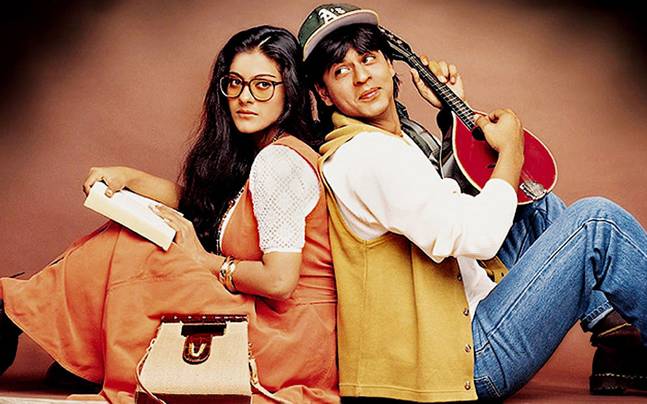By Saket Suman
New Delhi– She is one of India’s most well-regarded and influential film critics and has been at it for more than two decades. Now, Shubhra Gupta has joined the dots between how we watch our movies and live our lives in “50 Films That Changed Bollywood” in the past two decades.
“For a long-time film critic, nothing can be more valuable than to be able to look back and assess the changes in the film industry she or he has been covering: Changes across the board, in all areas — styles of filmmaking, performances, production, distribution and exhibition.
“There is also the desire to connect the dots between the films we love most and the kind of audiences we are, and how both impact each other. Writing the book helped me do both things,” Gupta, who has been a member of the Central Board of Film Certification (CBFC), told IANS in an interview.
She began writing on cinema in the early 1990s “as a lark, filling in for on-leave film reviewers” in the papers that she then worked with. This experience made her realise that she enjoyed it more than anything else and thus began her lifelong tryst with cinema.
For those guessing what sets apart the 50 films featured in this book from others that have not found a place, Gupta says that the answers to this question make up the entire volume.
“Basically, I looked at 20 years of mainstream Bollywood to be able to zero in on the films which were game-changers in some way or the other: as many as I have included were strong contenders, but I had to keep the number to 50. These are films which I consider are most significant in the way they changed the narrative,” Gupta said.
So is there a common thread of similarity, something that all of the 50 films featured in the book have in common?
“All of them are stand-out films: They did something, caught a moment, launched an actor or a director who went on to be super successful, or turned the industry in a particular direction,” said Gupta.
In “50 Films That Changed Bollywood”, she looks at the modern classics that have redefined Hindi cinema — from “DDLJ” and “Rangeela” to “Satya” and “Dev D” to “Queen” and “Bajrangi Bhaijaan”.
“In 1991 came liberalisation, and India became a different country. In 1995 came Dilwale Dulhania Le Jayenge (DDLJ), and Hindi cinema became Bollywood,” Gupta writes in the introduction.
In this, she may not exactly be correct as there have been references to Bollywood since the 1970s and Gupta has a disclaimer: “There have been as many definitions of what Hindi cinema and Bollywood was and is, and the differences between the two, as there have been opinions on the origins of the term ‘Bollywood’, voiced and argued over by eminent scholars and social scientists and other worthies.”

“For me, the changeover came with DDLJ. It was like a distinct click and settling, a ‘Before and After’. The slow transition had begun in the early 1990s, but with this film there was a sense of clear departure; the sense of an ending and a beginning,” the author notes.
“Just as ‘Sholay’ was for the 70s, ‘DDLJ’ was for the 90s: a landmark film. It had a far-reaching, profound impact on the film industry,” Gupta told IANS in this context.
For a keen observer of cinema like herself, are there some aspects of our film industry that disappoint her?
“Of course there are. But along with the disappointments, there are the things that keep you going: for every five films that don’t work, along comes one that does, and that’s it.
“I go to each new film, every Friday, with optimism: that’s what all good film critics should do,” she said.
The book offers a fascinating glimpse into how these films spoke to their viewers and how the viewers reacted to them — and, ultimately, how they changed us and how we changed them.
Gupta hopes that she can “inform and entertain the readers of the book, just like a good film does”. (IANS)












